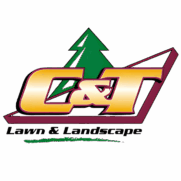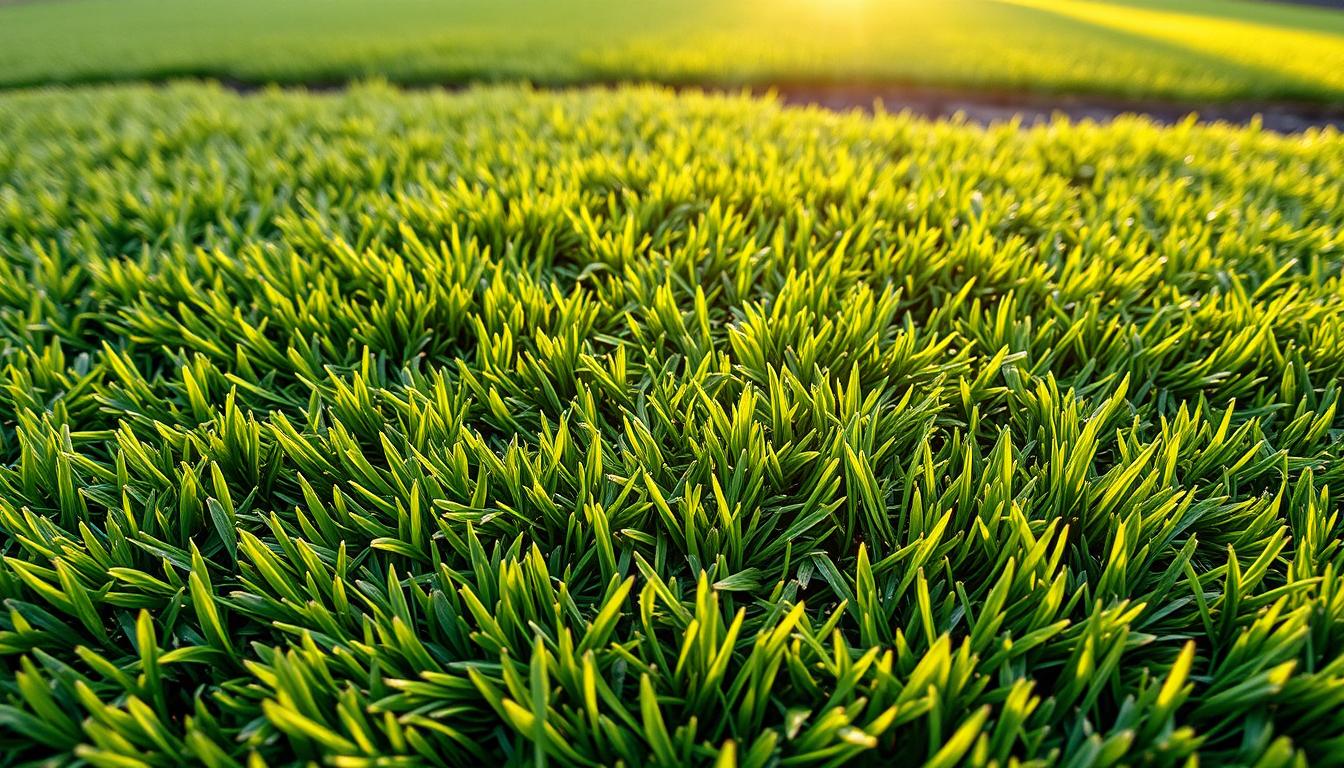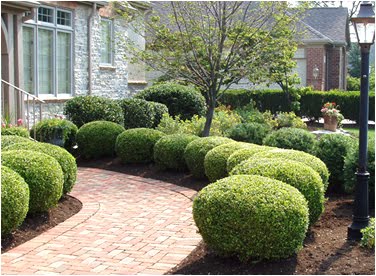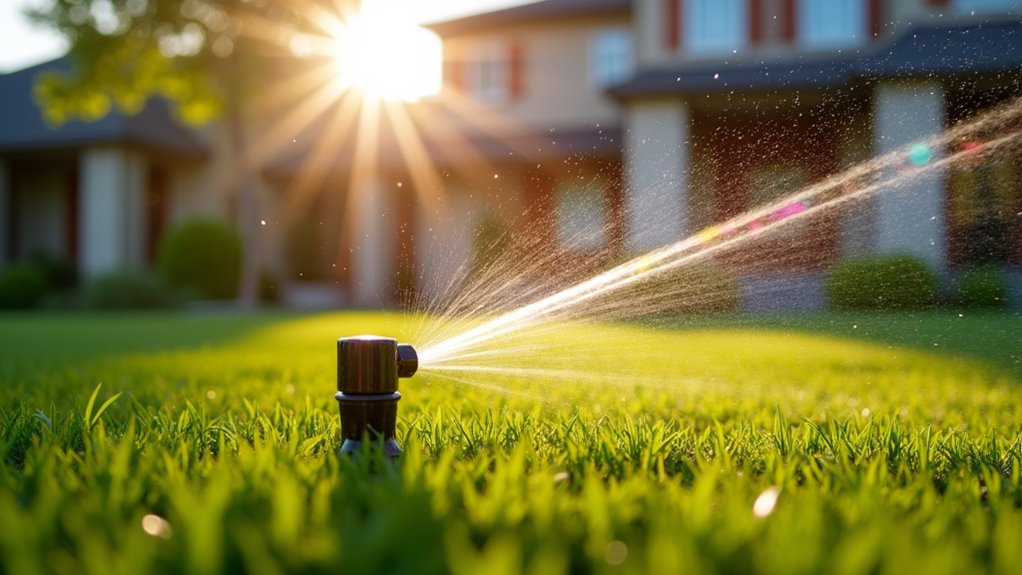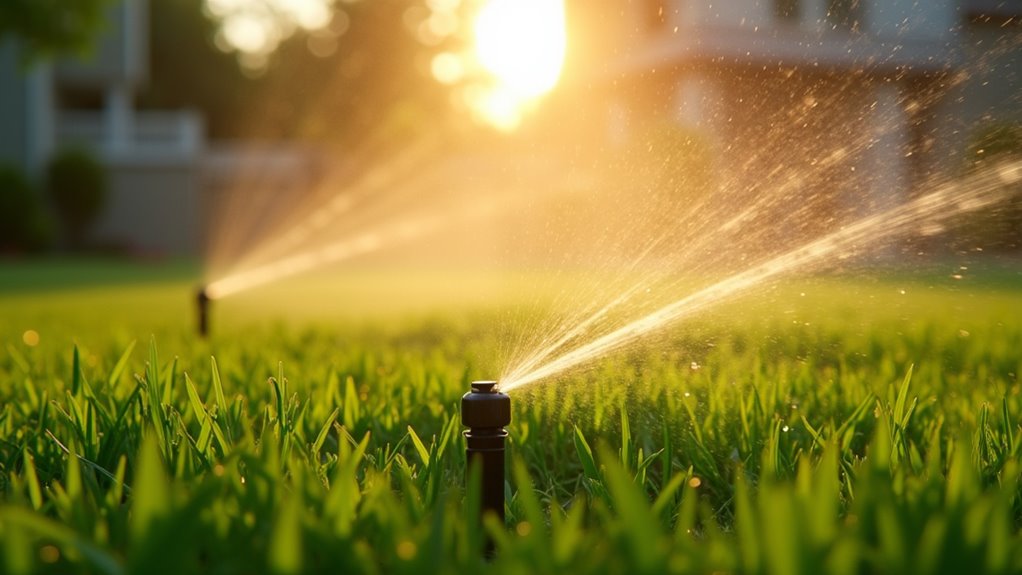Did you know that improper cutting is a leading cause of plant decline in American landscapes? Many well-intentioned homeowners accidentally harm their greenery each year. This mistake can lead to a cascade of problems.
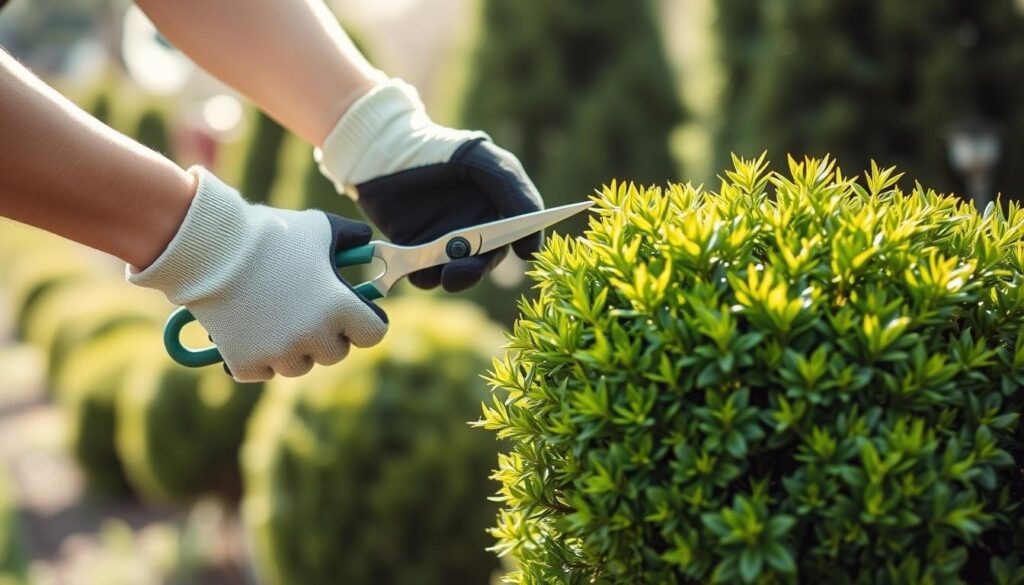
Understanding the correct bush and shrub trimming method is crucial for the health of your landscape. Proper care directly influences the vitality and appearance of your plants, supporting robust growth throughout the seasons.
We will explain how to avoid common issues like disease and poor flowering. These problems often stem from a lack of knowledge about plant biology. Using the right techniques makes all the difference.
This guide reveals ten professional secrets used by experts. You will learn about timing, tools, and specific pruning methods. Our goal is to help you achieve stunning, professional-quality results while protecting your valuable investment.
Introduction to Proper Bush and Shrub Trimming
The foundation of a thriving garden begins with understanding how strategic plant care influences overall health. We approach this topic with careful consideration for long-term vitality.
Overview of Shrub Health Benefits
Regular bush and shrub trimming provides significant advantages for your greenery. Proper care removes dead or diseased branches that could spread problems and helps maintain the overall health and beauty of your landscape.
This practice stimulates vigorous development throughout the seasons. It allows the plant to redirect energy toward healthier areas.
Thinning dense sections improves air movement and light exposure. Better circulation reduces fungal issues while promoting photosynthesis.
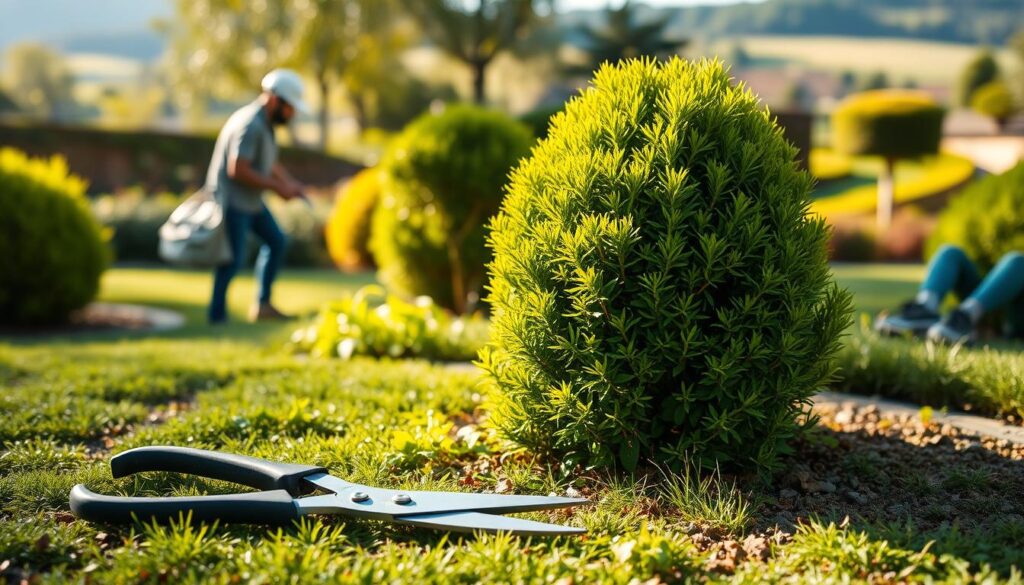
The Importance of Correct Pruning Practices
Understanding basic plant biology is essential for effective bush and shrub trimming and overall plant care. Different cuts produce various responses from your greenery.
Proper bush and shrub trimming techniques encourage strong new growth and structural integrity. They help maintain the natural shape and seasonal patterns, ensuring your landscape stays healthy and visually appealing year-round.
Well-maintained specimens contribute significantly to your property’s appeal. They create a polished landscape that reflects horticultural knowledge.
Incorrect methods can cause lasting damage to branches and overall form. Learning the right approach protects your investment while ensuring beautiful results.
Understanding Traditional and Modern Bush and Shrub Trimming Methods
Understanding the difference between thinning and heading cuts transforms your approach to plant care. These fundamental techniques serve distinct purposes in landscape maintenance.
We apply each method based on specific growth objectives. Proper selection ensures healthy development throughout the seasons.
Differences Between Thinning and Heading Cuts
Thinning cuts remove entire branches back to their origin point. This technique opens the plant’s interior structure and highlights the bush and shrub difference in how each responds to pruning. Better light penetration and air circulation result from this approach. Thinning creates a more open form without stimulating excessive growth, ensuring both bushes and shrubs maintain their natural balance and health.
Heading cuts work differently by shortening branches above specific buds. This method encourages branching at the cut location.
Strategic use of heading cuts directs growth patterns effectively. It produces denser foliage in targeted areas.

How Pruning Stimulates New Growth
Pruning redistributes the plant’s stored energy among fewer buds. Horticulturalist Lee Reich explains this nutrient redistribution process.
Remaining buds receive more resources after careful cuts. This leads to more vigorous growth from selected branches.
Understanding these techniques allows us to address specific plant problems through our bush and shrub trimming services. We can either open dense growth to improve air circulation or encourage fuller, healthier foliage for a more vibrant landscape.
Selecting the appropriate cut type prevents unintended consequences like excessive sprouting. Each method serves unique purposes in professional care.
Bush and Shrub Trimming: Techniques for Healthy Growth
The art of selective branch removal transforms ordinary plants into exceptional landscape features. We focus on two primary methods that serve distinct purposes in plant development.
Applying Thinning Cuts to Promote Airflow
Thinning cuts address plants with sparse interior growth. This technique removes entire branches back to their origin point.
We start with the thickest, oldest wood before addressing younger stems. This approach opens the plant’s structure effectively.
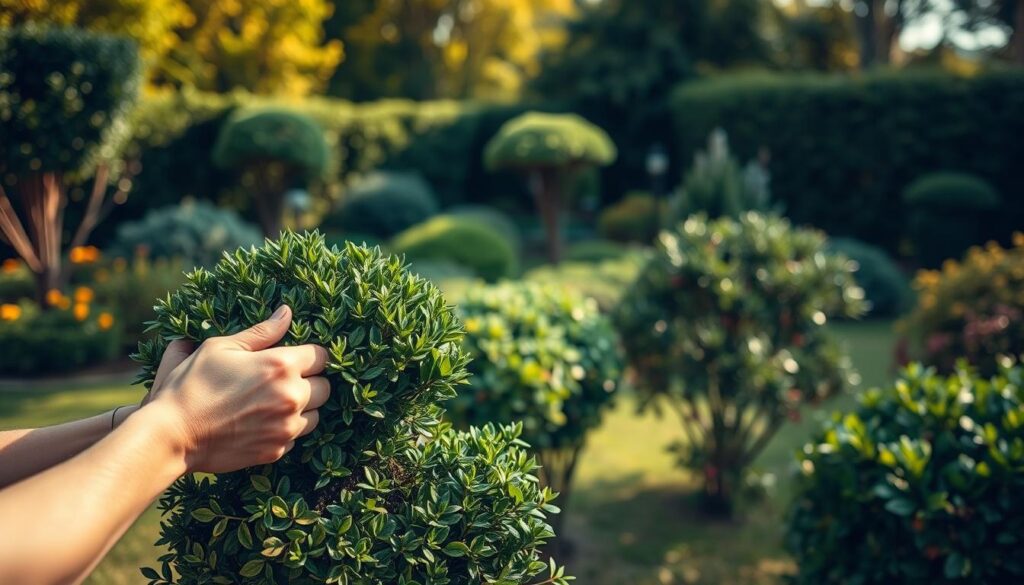
Proper thinning encourages light penetration and air movement. These conditions stimulate healthy new growth throughout the specimen.
Never remove more than one-third of the plant’s mass annually to avoid stress. This careful approach maintains vitality while improving form.
Effective Heading Cut Strategies
Heading cuts guide development in specific directions. We position pruners just above buds facing the desired growth path.
This method seems counter-intuitive but produces balanced results. Pruning the shorter side of uneven plants stimulates that area to fill out.
Limit each cut to no more than one-quarter of the stem’s length. Excessive removal can shock the plant and weaken future development.
Combining both techniques creates comprehensive improvement. We achieve open interiors while directing growth for symmetrical, vigorous specimens.
Seasonal Timing for Pruning and Plant Revival
The optimal time for pruning is not a single date but a schedule dictated by each plant’s unique biology. We base our timing on whether a specimen produces its flowers on new growth or old wood from the prior year. This distinction is critical for preserving future blooms.
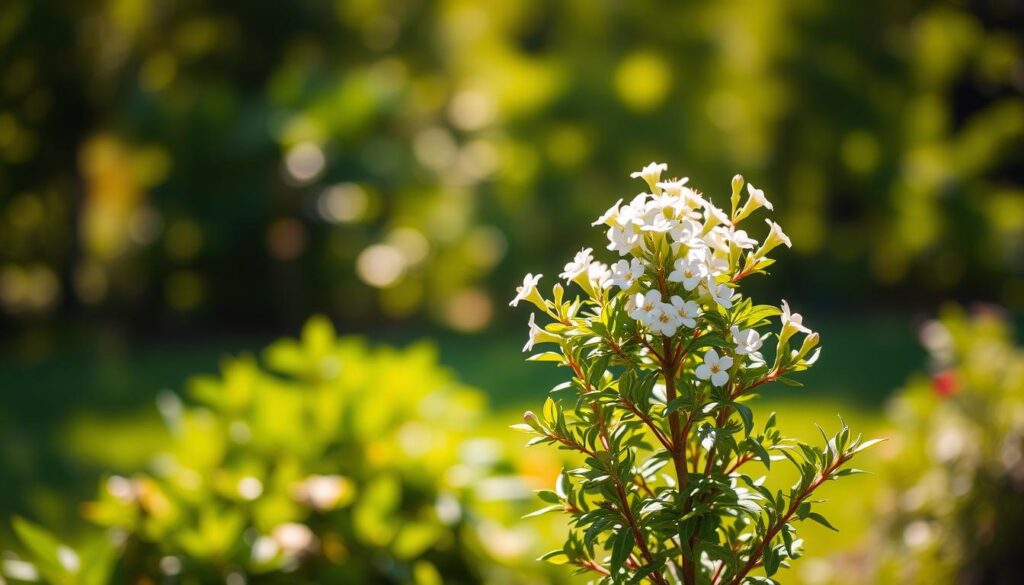
Evaluating the Growing Season and New Growth
Plants that bloom on new wood thrive with late winter or early spring care. This includes varieties like rose-of-Sharon. Pruning just before the growing season starts encourages vigorous new stems that will bear flowers.
The result is often fewer but significantly larger blooms in that first year. This strategy redirects the plant’s energy effectively.
Pruning Timing Based on Flowering Habits
Spring-flowering plants like lilacs and forsythia bloom on old wood. They set their flower buds during the previous growing season. Pruning them right after their blooms fade is essential.
This timing gives them the entire remaining season to develop new branches and buds for next year’s display. Avoiding fall pruning is crucial because new growth won’t harden before winter, leading to damage.
Pruning Schedule by Flowering Time
| Flowering Period | Examples | Best Pruning Time |
| Spring (on old wood) | Forsythia, Lilac, Rhododendron | Immediately after flowering |
| Summer/Autumn (on new wood) | Rose-of-Sharon, Summersweet | Late Winter or Early Spring |
| General Rule | All Plants | Avoid Fall (August-October) |
Understanding this cycle ensures you never accidentally remove next season’s flower buds. Proper timing is the secret to a vibrant garden year after year.
Tools, Tips, and Precautions for Effective Trimming
Precision cutting begins with selecting tools matched to your specific needs. We focus on equipment that ensures clean results and plant health.
Proper technique prevents damage while encouraging vigorous growth. Each decision impacts your landscape’s long-term vitality.
Choosing the Right Pruners, Shears, and Equipment
We recommend three essential tools for different situations. Hand pruners handle branches up to 3/4-inch diameter effectively.
Loppers provide leverage for thicker stems up to 1-1/2 inches. Hedge shears create formal shapes on small-leaved plants.
Sharp, sanitized tools prevent disease transmission between plants. We disinfect blades between specimens for protection.
Small-leaved varieties tolerate shears well. Large-leaved plants require hand pruners to avoid leaf damage.
Tool Selection Guide for Different Plant Types
| Plant Type | Recommended Tool | Maximum Branch Size |
| Small-leaved (Boxwood) | Hedge Shears | 1/4-inch stems |
| Large-leaved (Rhododendron) | Hand Pruners | 3/4-inch diameter |
| Thick stems | Loppers | 1-1/2 inches |
Safety Practices and Proper Cutting Angles
We make cuts at 45-degree angles above selected buds. The lowest point faces away from the growth point.
Leave no more than 1/4-inch above the bud to prevent rot. Cutting too close risks bud damage.
Protective eyewear and gloves ensure personal safety. Stable footing prevents accidents during work.
Proper angles create small wounds that heal quickly. This technique directs new growth effectively.
Transforming Overgrown Shrubs with Rejuvenation Pruning
When shrubs become overgrown and leggy, a systematic approach called rejuvenation pruning can restore their vitality and form. This method transforms neglected specimens through gradual renewal rather than drastic measures.
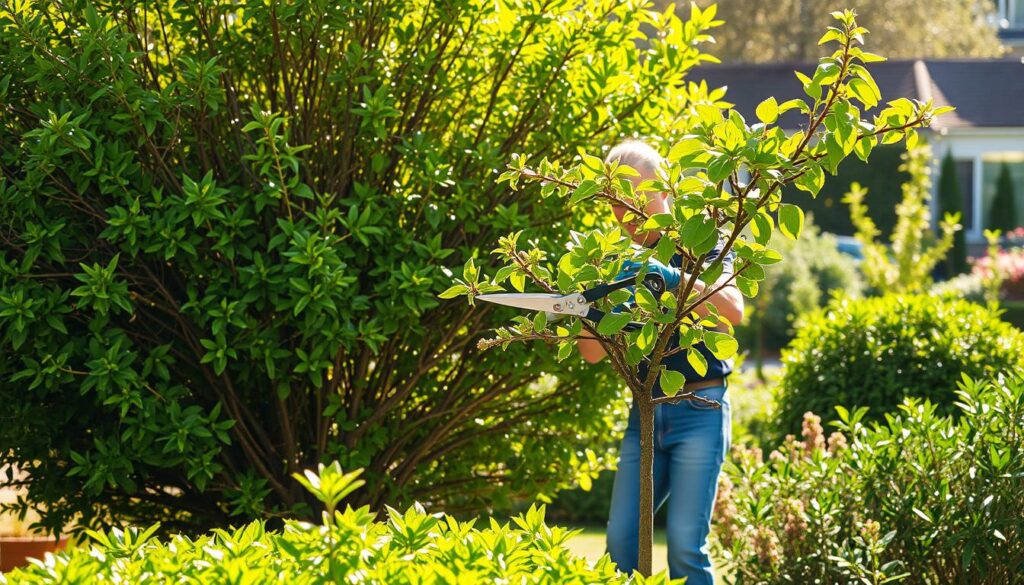
Strategies for Rejuvenating Leggy or Overgrown Shrubs
We implement a three-year strategy for complete renewal. Start by removing the centermost branches at the base during the first year.
Take out no more than one-third of the total mass. This cutting back stimulates new growth from the ground level.
Repeat the process annually, removing another third of old wood each year. By year three, the shrub consists entirely of vigorous new growth.
Using Selective Cuts to Enhance Symmetry
For lopsided specimens, we apply selective thinning on the denser side. This opens the plant structure while encouraging balanced development.
On sparse areas, strategic heading cuts stimulate compensating growth. This gradual approach creates symmetrical form without shocking the plant.
Patience is essential during this multi-year transformation process. Proper watering and fertilization support the renewal work.
Conclusion
Your landscape’s long-term beauty depends on integrating these essential horticultural practices. We have explored ten professional secrets for effective plant care. These methods ensure your greenery remains healthy and visually appealing.
Successful results require patience across multiple growing seasons. Understanding how plants respond to different cuts is fundamental. Proper timing based on flowering habits protects future blooms.
Always use sharp tools like hand pruners for precise work. Make cuts at a 45-degree angle about a quarter-inch above a bud. This technique directs new growth while preventing stress.
Applying these approaches transforms your landscape maintenance. You achieve professional-quality growth that enhances your property’s appeal. This investment in knowledge protects your valuable plants for years to come.Ready to give your yard a professional touch? Contact C&T Lawn and Landscape today or visit our lcation to schedule expert bush and shrubs trimming services that keep your property looking its best all season long.
